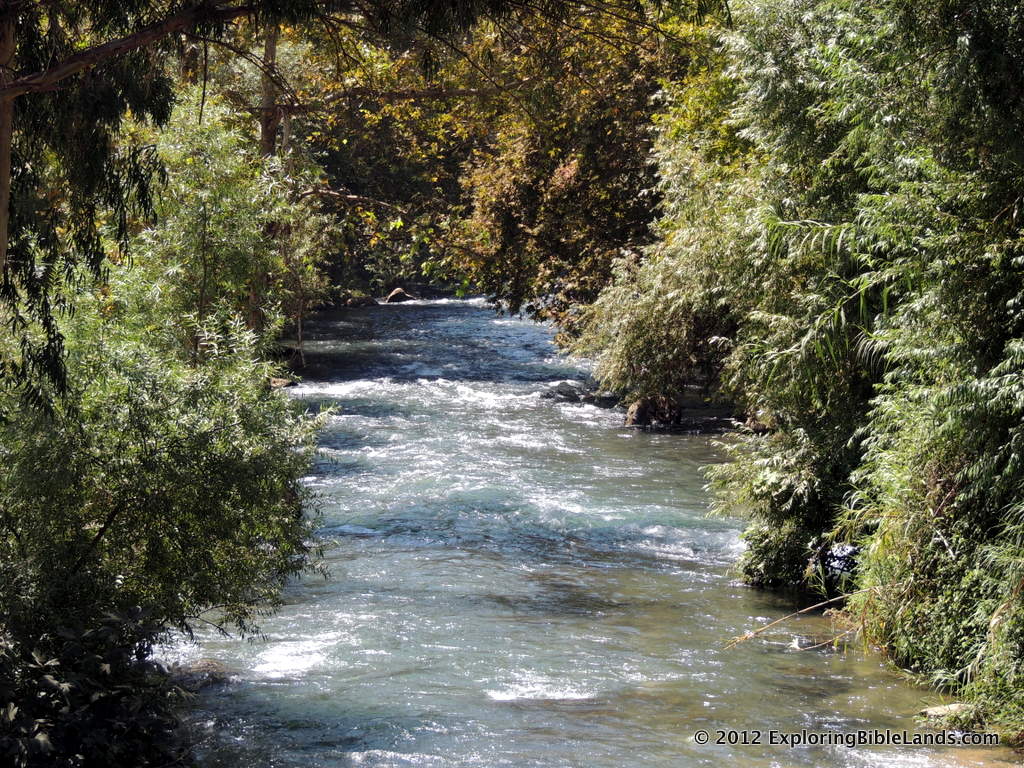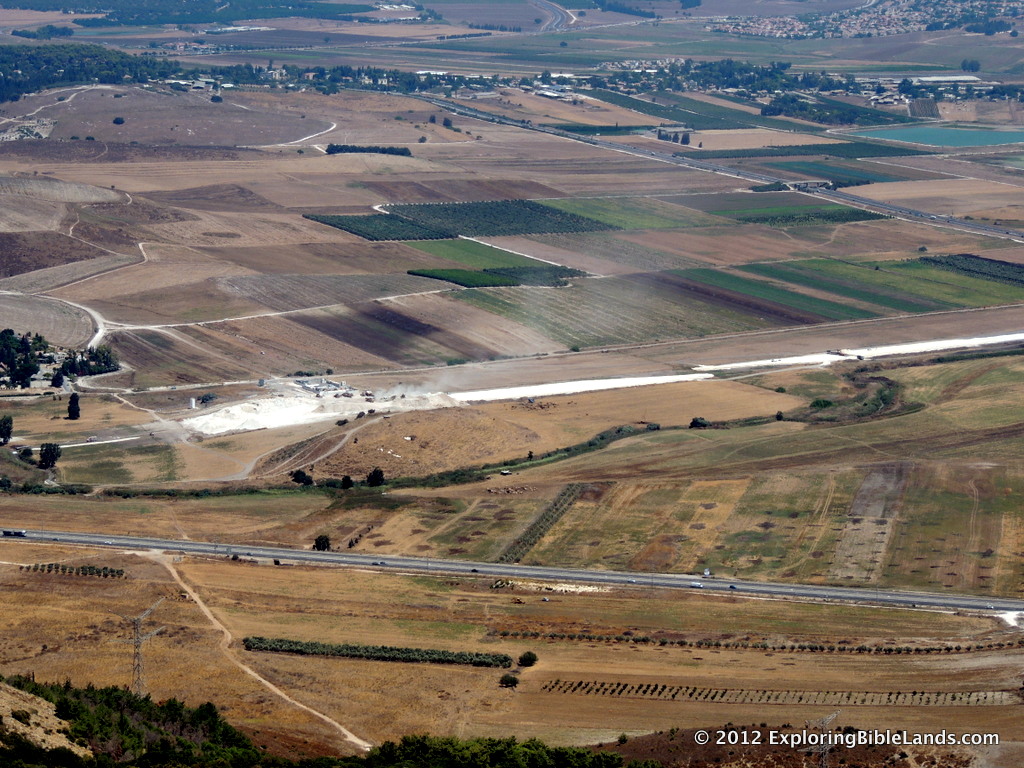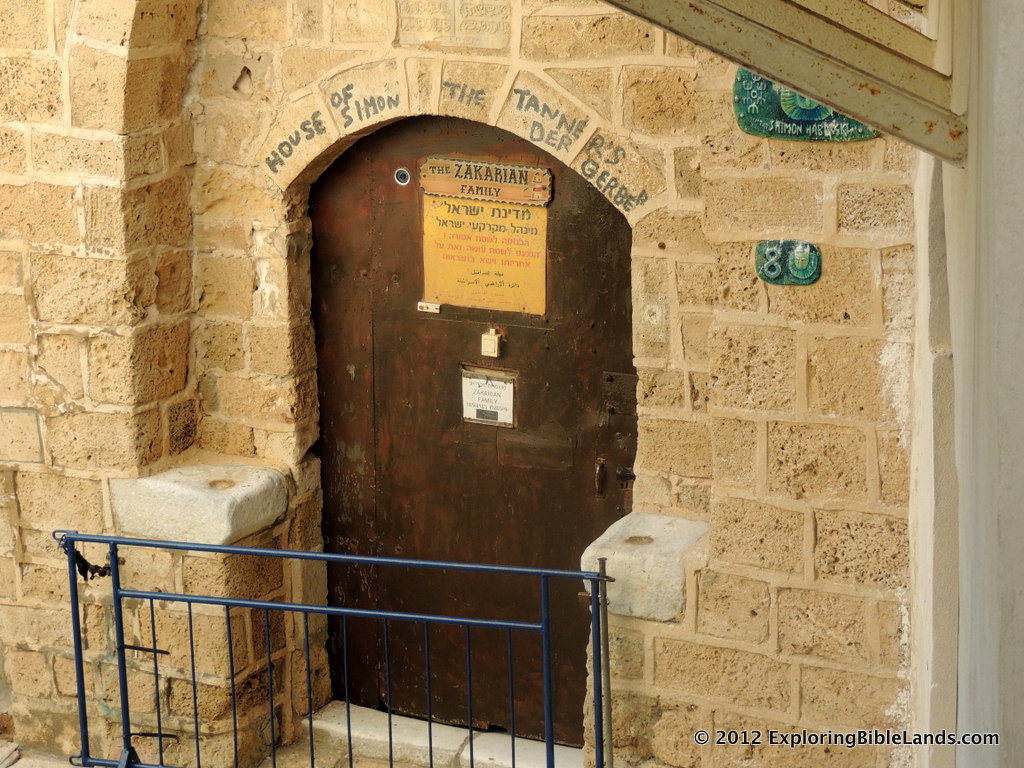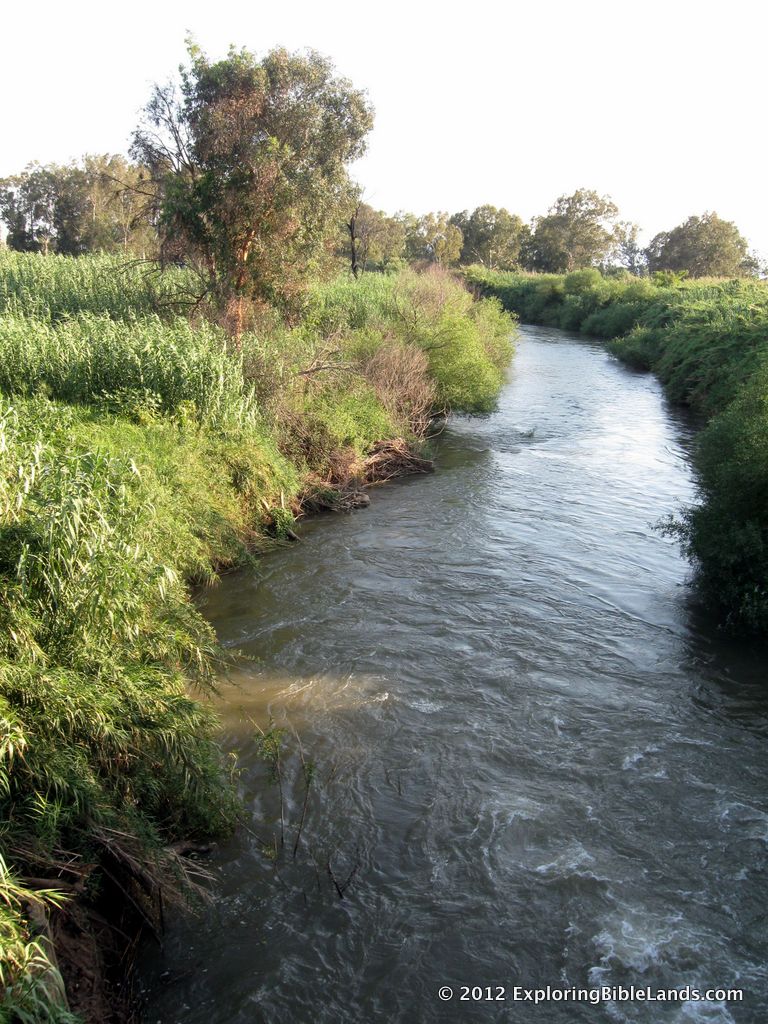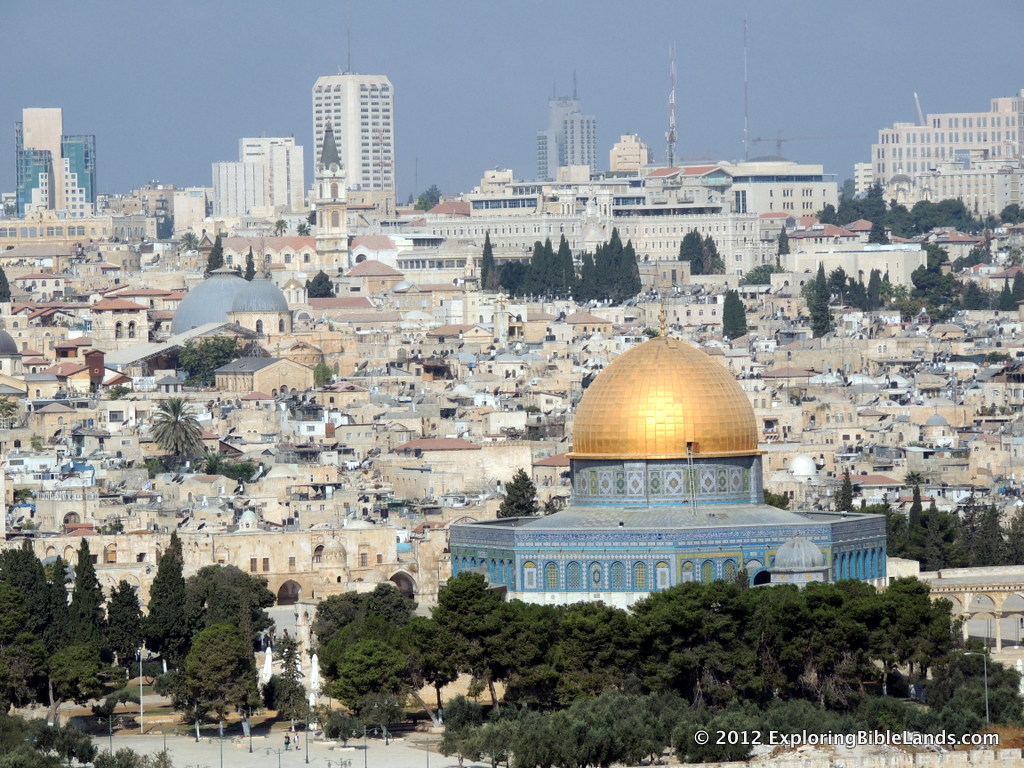 Yesterday, Todd Bolen, in his "Weekend Roundup" blog post, included a link to a very high quality picture of the city of Jerusalem from the Mount of Olives. Having stood on that exact spot and spend many days in Jerusalem, I spent a lot of time looking at this picture, panning to the left, panning to the right, zooming in, zooming out, etc. There are so many things to see, and the quality of this picture allows you to see many things in relationship to one another. Given that many people are thinking about the events of Jesus' trials, crucifixion and resurrection this week, I thought that I would point out some sites of interest from this picture.
(NOTE: The smaller pictures in this post are screen captures from zoomed in views of the larger, high-quality image. I recommend opening the larger image in a separate window so you can read through is post. Then, use the smaller pictures to find their location.)
Yesterday, Todd Bolen, in his "Weekend Roundup" blog post, included a link to a very high quality picture of the city of Jerusalem from the Mount of Olives. Having stood on that exact spot and spend many days in Jerusalem, I spent a lot of time looking at this picture, panning to the left, panning to the right, zooming in, zooming out, etc. There are so many things to see, and the quality of this picture allows you to see many things in relationship to one another. Given that many people are thinking about the events of Jesus' trials, crucifixion and resurrection this week, I thought that I would point out some sites of interest from this picture.
(NOTE: The smaller pictures in this post are screen captures from zoomed in views of the larger, high-quality image. I recommend opening the larger image in a separate window so you can read through is post. Then, use the smaller pictures to find their location.)
First, let me discuss a location that is not in the picture: Bethany. During the last week of Jesus' life before he crucifixion, Jesus stayed in Bethany. From this picture, Bethany is behind you about a kilometer. Every day during this week, Jesus would leave Bethany, climb over the Mount of Olives and descend into Jerusalem.
 While He as in Jerusalem, Jesus would typically go to the Temple. The Temple was located on the large Temple Mount platform that was enlarged by King Herod. Since the late 7th Century AD, the space where the Temple was located has been occupied by a Muslem shrine commonly referred to as the Dome of the Rock. Jesus would spent a great deal of time during this week in the Temple or Temple Precinct teaching those that would listen.
While He as in Jerusalem, Jesus would typically go to the Temple. The Temple was located on the large Temple Mount platform that was enlarged by King Herod. Since the late 7th Century AD, the space where the Temple was located has been occupied by a Muslem shrine commonly referred to as the Dome of the Rock. Jesus would spent a great deal of time during this week in the Temple or Temple Precinct teaching those that would listen.
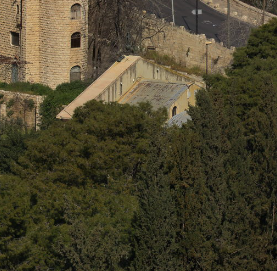 On the night that Jesus was taken into custody, he was with his disciples at the Garden of Gethsemane, which was located east of the Temple Mount, across the Kidron Valley at the foot of the Mount of Olives. Today, the traditional location of the Garden of Gethsemane is occupied by the Church of All Nations, which is used by the Roman Catholic Church. In the picture, you can see the top of the building as it faces the Old City. It is here where Jesus prayed to His Father, was betrayed by one of His disciples and arrested.
On the night that Jesus was taken into custody, he was with his disciples at the Garden of Gethsemane, which was located east of the Temple Mount, across the Kidron Valley at the foot of the Mount of Olives. Today, the traditional location of the Garden of Gethsemane is occupied by the Church of All Nations, which is used by the Roman Catholic Church. In the picture, you can see the top of the building as it faces the Old City. It is here where Jesus prayed to His Father, was betrayed by one of His disciples and arrested.
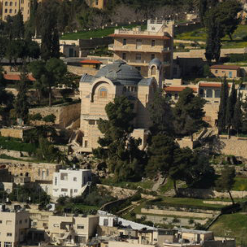 After Jesus was arrested, he was led to the house of Annas and then to Caiaphas. The exact locations of these events, is unknown. However, most people feel that they were probably held in what is commonly called the Upper City. The traditional location is now occupied by a Roman Catholic Church called the Church of St. Peter in Gallicantu (meaning "cock's crow"). The accompanying picture shows a close up of the building from the Mount of Olives. If you zoom in close enough, you can see some First Century steps leading up to the right of the building. Even if these are not the exact locations, you can begin to estimate the distance Jesus had to walk (while in custody) from the Garden of Gethsemane to His first trials before Annas and Caiaphas.
After Jesus was arrested, he was led to the house of Annas and then to Caiaphas. The exact locations of these events, is unknown. However, most people feel that they were probably held in what is commonly called the Upper City. The traditional location is now occupied by a Roman Catholic Church called the Church of St. Peter in Gallicantu (meaning "cock's crow"). The accompanying picture shows a close up of the building from the Mount of Olives. If you zoom in close enough, you can see some First Century steps leading up to the right of the building. Even if these are not the exact locations, you can begin to estimate the distance Jesus had to walk (while in custody) from the Garden of Gethsemane to His first trials before Annas and Caiaphas.
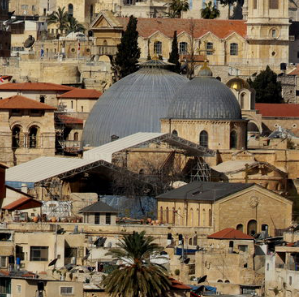 After Pilate condemned Him to death, Jesus was led to Golgotha to be crucified. Once He died, His body was taken down by Joseph of Arimathea and buried in a nearby tomb. Like many other locations, the exact spot of these events are not known. However, the traditional locations place it at the spot where the Church of the Holy Sepulcher now resides. It can easily be identified by the blue domes that stand out against the other buildings in the city.
After Pilate condemned Him to death, Jesus was led to Golgotha to be crucified. Once He died, His body was taken down by Joseph of Arimathea and buried in a nearby tomb. Like many other locations, the exact spot of these events are not known. However, the traditional locations place it at the spot where the Church of the Holy Sepulcher now resides. It can easily be identified by the blue domes that stand out against the other buildings in the city.
The view of Jerusalem from the Mount of Olives is a view that everyone should experience. So much history can be seen from this one place. Perhaps at a later time, I will point out other Biblical areas of interest that can be seen from here.
HT: Todd Bolen
 Over the past couple of days, a number of little things have come across my desk that I wanted to write about. However, they are starting to pile up, so here is a quick list of items that I thought that you might enjoy.
Khirbet Qeiyafa Video - Luke Chandler announced on his blog yesterday that there is a 20 minute video that will be released soon about Khirbet Qeiyafa (sometimes called "The Elah Fortress"). Luke has participated in the dig at that site for a number of years. The video will be released on his blog on June 1. T-minus 10 days and counting....
Over the past couple of days, a number of little things have come across my desk that I wanted to write about. However, they are starting to pile up, so here is a quick list of items that I thought that you might enjoy.
Khirbet Qeiyafa Video - Luke Chandler announced on his blog yesterday that there is a 20 minute video that will be released soon about Khirbet Qeiyafa (sometimes called "The Elah Fortress"). Luke has participated in the dig at that site for a number of years. The video will be released on his blog on June 1. T-minus 10 days and counting....

